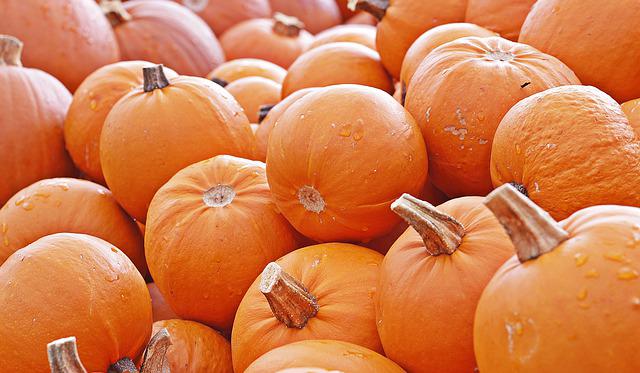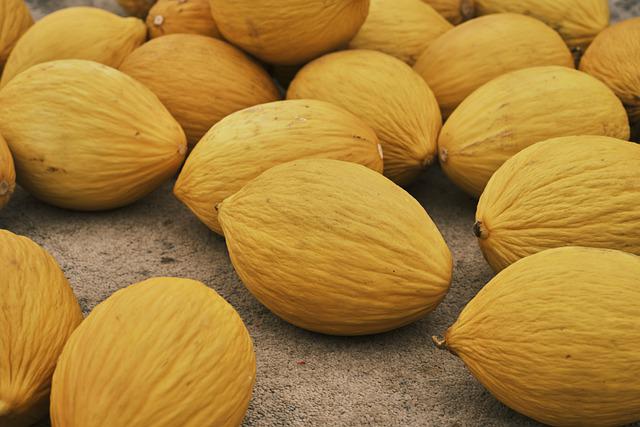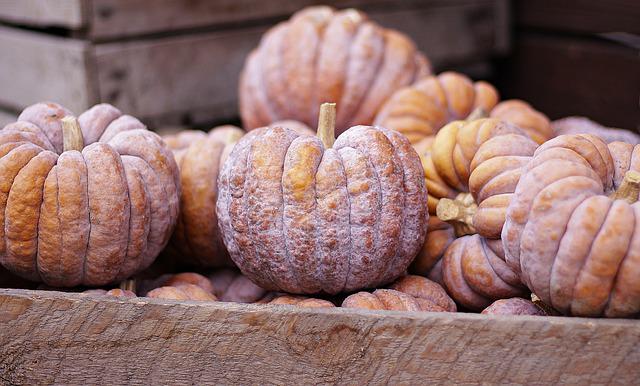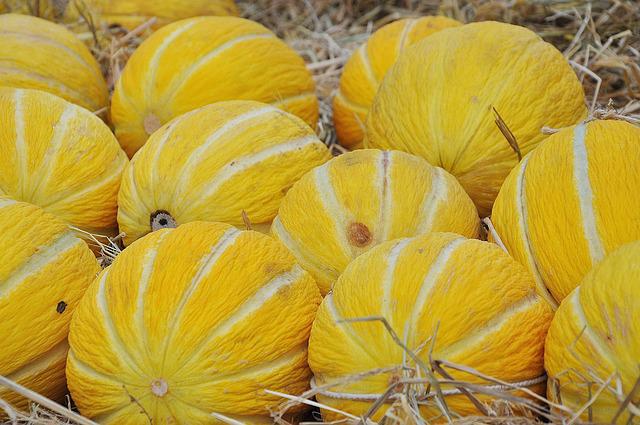Are Pumpkins Melons?

Pumpkins are not melons. However, they are related. They both belong to the Cucurbitaceae family or called as Melon Family. This means that pumpkins belong to the same category as cucumbers, watermelons, cantaloupes, honeydews, and limes. These fruits have seeds inside them that can either be eaten or used for cooking.
Table of Contents
Comparing Pumpkins and Melons
The Cucurbitaceae family is huge. It has about 965 different species from 95 different genera.
There are also pumpkins and gourds in the genus Cucurbita, where squash belongs. Melons are in the genus Cucumis, which is different from cucumbers. A genus is a type of taxonomic group. Family comes first, then genus, and finally species. So, melons and squash are both in the same family, but their genus and species are different, making them very different.
Pumpkin
On the other hand, pumpkin is a squash originally from the Andes and Mesoamerica. Pumpkin is a domesticated plant of the species Cucurbita pepo. Its growth pattern, foliage, flower, and fruit are similar to the squash and melon. It is usually used in more kinds of dishes than melons. You can roast, stew, make soup, or dice squash. Like melons, there are different kinds of squash. There are mature winter squashes with a thick, hard skin that people usually peel off before eating. Then there is summer squash, which is picked before fully grown. The skin is soft and is often eaten with the flesh of the squash. Butternut squash is an example of winter squash, and zucchini is an example of summer squash.
Melon
The word “melon” can mean both the fruit and the plant. The sweet, fleshy fruit of melon makes it stand out the most. It has orange flesh with a netting-like, rough exterior. Cantaloupe, honeydew, sugar melons, tiger melons, and casaba melons are all types of melons that belong to the genus Cucumis. One of the most popular kinds of melon is watermelon, which comes from the genus Citrullus. Even though this is different from other melons, it doesn’t make them squash. From a plant’s point of view, melons are just big berries.

Growing Pumpkins and Melons
Growing pumpkins and melons is incredibly simple as long as you give the vines what they require. Even though the growing season is brief, they flourish in our climate. Timing, sunlight, and location are crucial when planting pumpkins and melons.
Pumpkins
Sunlight
Plant seeds in a location in your yard where they will receive plenty of direct sunlight throughout the day. They need at least six to eight hours of direct sunlight every day, just like other garden vegetables. These orange orbs would not be possible without sunlight for photosynthesis and other growth processes.
Temperature
Pumpkins grow best in temperatures between 23°C and 29°C (75°F and 85°F) during the day and 15°C to 21°C (60° to 70°F) at night. Temperatures below 10°C (50°F) stop almost all growth, and temperatures below 5°C (40°F) for several days can hurt plants and delay their maturity.
Watering
Pumpkins require an inch of water per week to stay healthy and happy. During fruit set, especially in the mornings and on particularly hot afternoons, give your plants plenty of water. Unless it’s a sunny day, you should avoid watering your plants and fruit. Rot and disease thrive in an environment that’s constantly wet.
Harvest
Even though pumpkin vines grow quickly, it takes most plants between 80 and 120 days before the pumpkins are ready to pick.

Melons
Sunlight
Set up shop where it will get at least six to eight hours of direct sunlight each day. All the light the plants can get is what the plants need to produce the best melons possible. With the afternoon sun drying off the leaves, there is less risk of fungal disease.
Temperature
Melons like cantaloupe and honeydew grow best when the average air temperature is 18.3-23.9°C (65-75 °F). The best time to plant is when the soil is between 15.6-23.9°C(60-65 °F). These melons are fragile and should only be planted after the last chance of frost.
Watering
Water is essential for growing melons. To ensure that the foliage is dry before nightfall, use overhead irrigation in the morning. Fungi thrive in moist leaves. Drip irrigation is effective because it delivers water to the plant’s root zone while avoiding wetting the foliage. A depth of at least six inches should be maintained when watering. During fruit set and development, melons require additional water, but too much water in the final week of fruit development reduces the sweetness of the fruit.
Harvest
It is time to pick the melon when the green rind begins to turn brown or yellow. However, be careful not to choose too early. Find a crack in the stem where it joins the fruit for ripeness. This is also a sign that the fruit is ripe. The fruit should be easy to remove from the vine, but if it falls off on its own, it is usually overripe and should be discarded. When picking melons, wait until the vines are completely dry before cutting them down.

